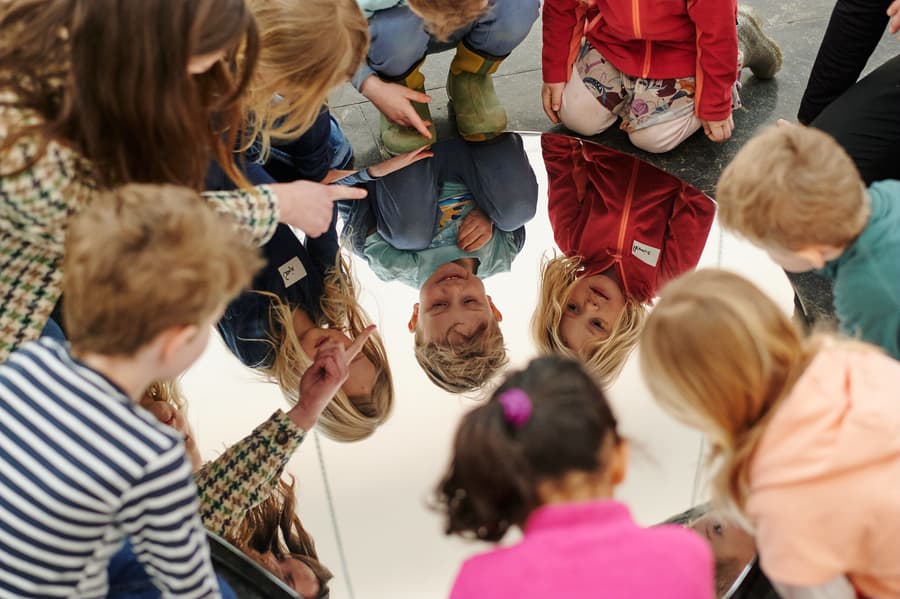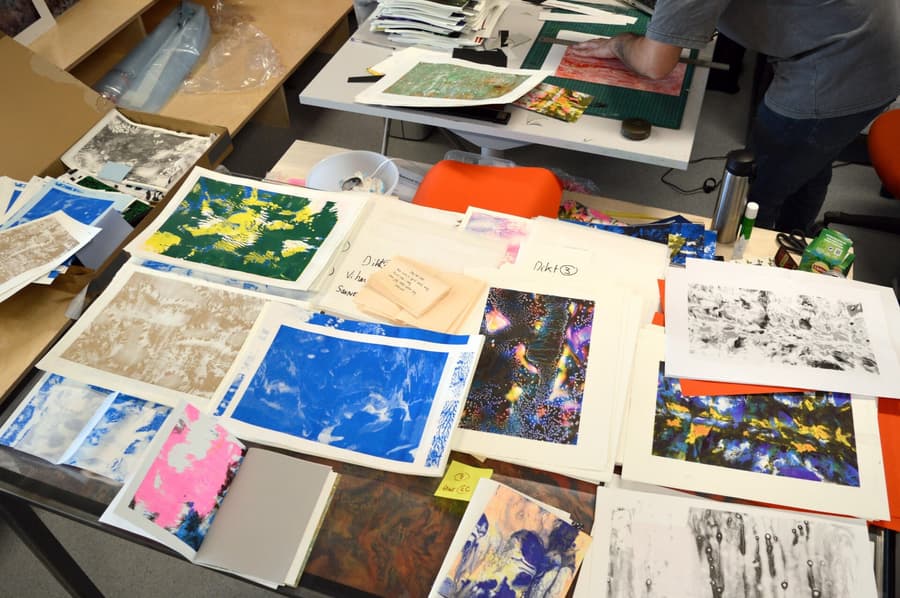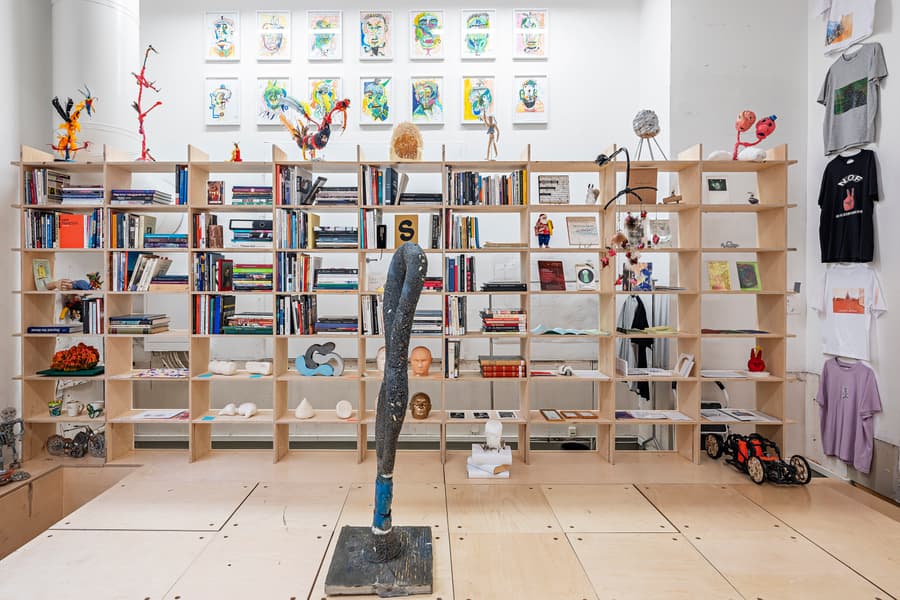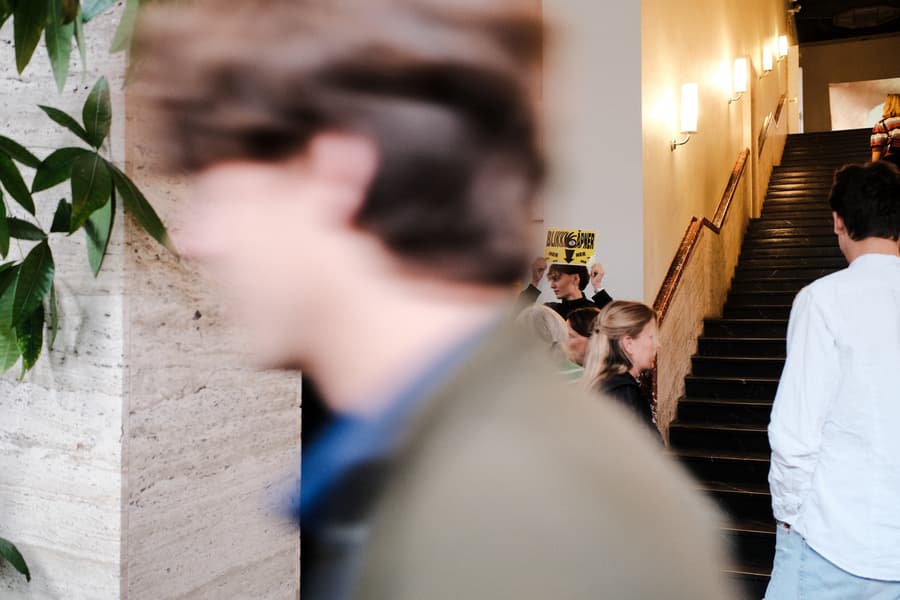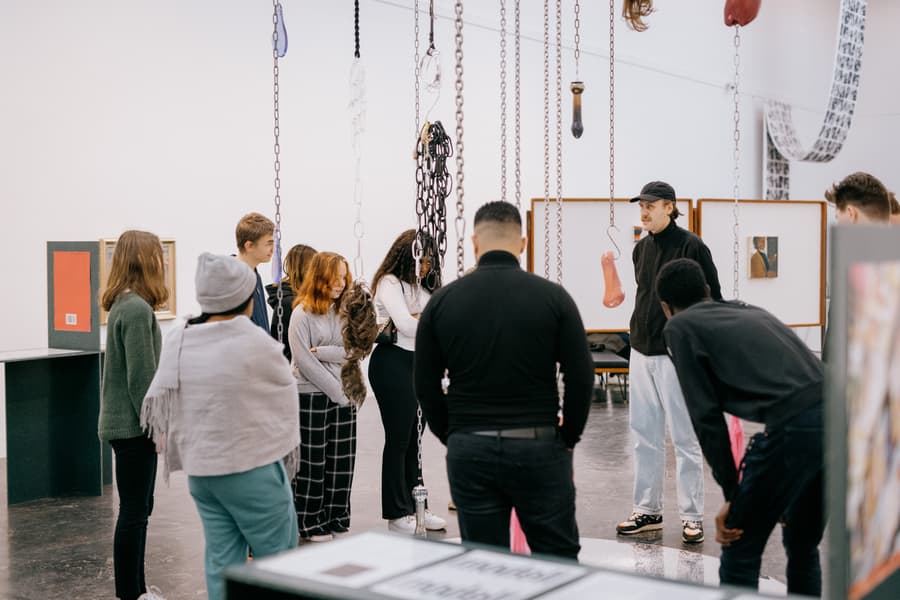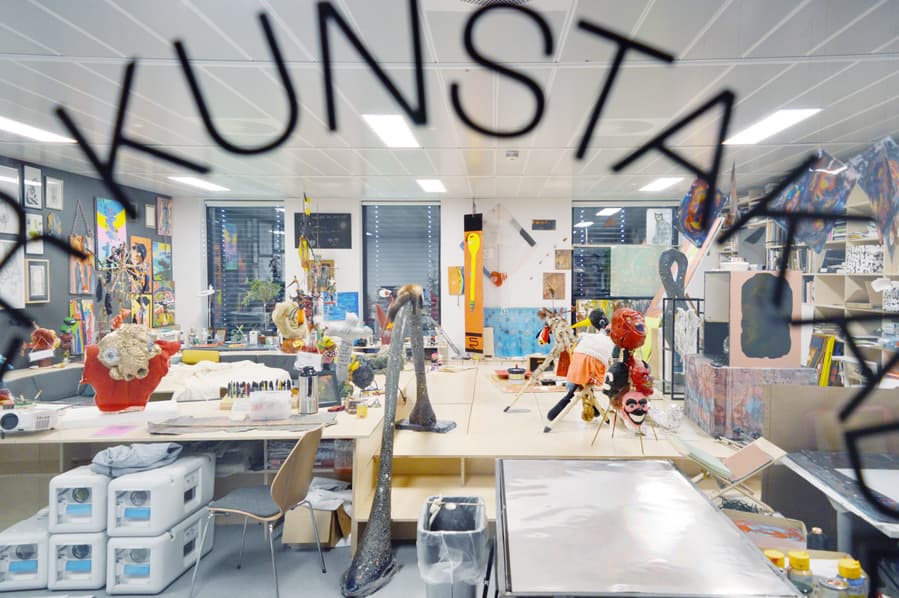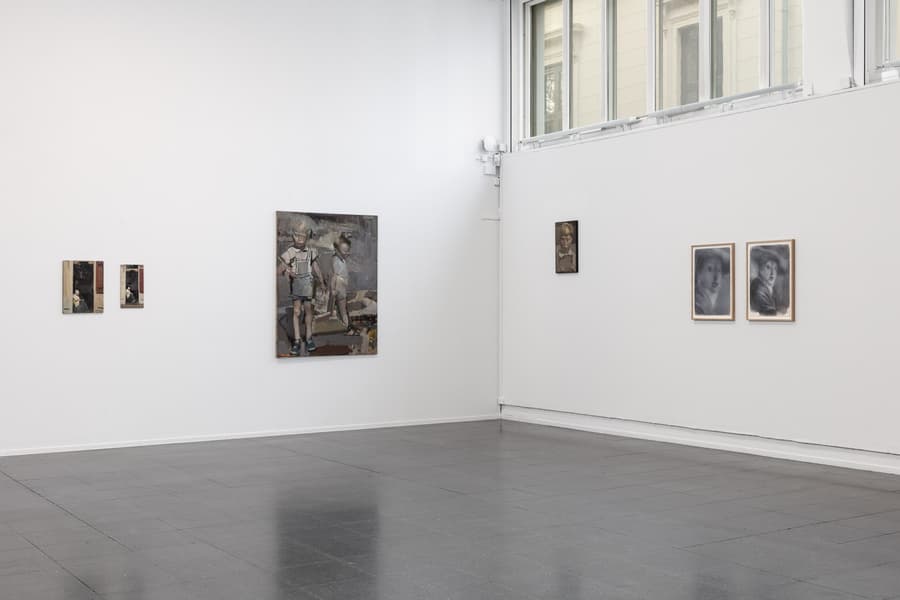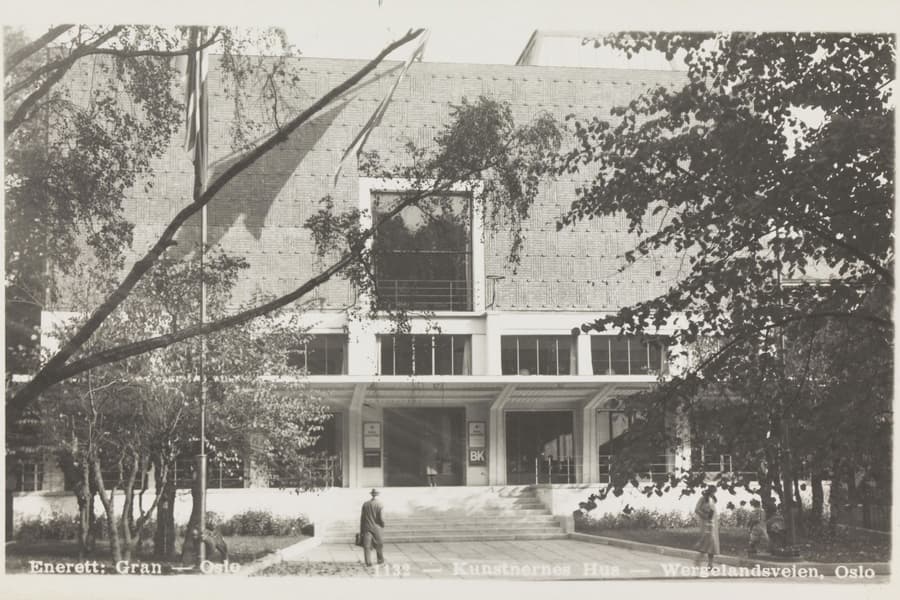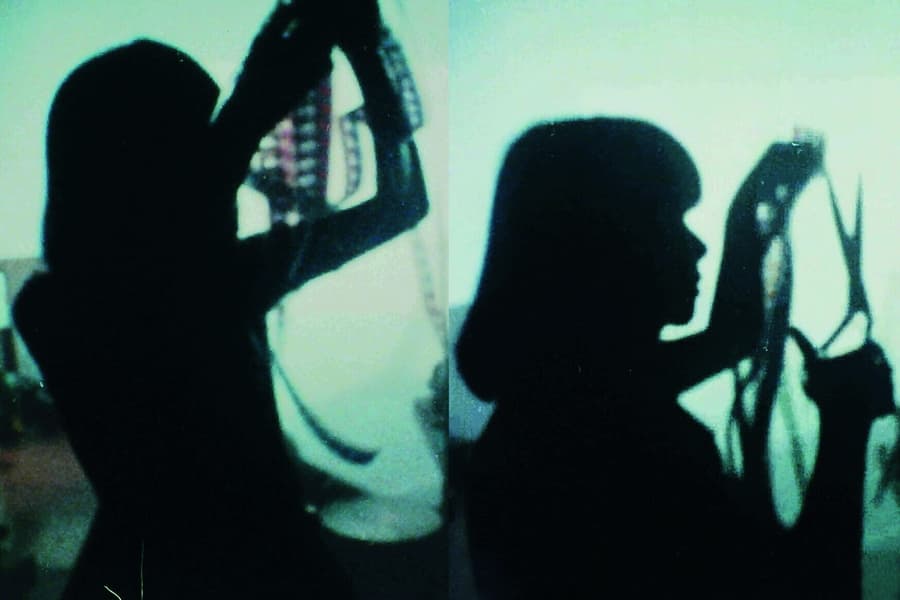Art as Punishment
24.11.23 – 28.01.24

Agder Art Academy is an art school in Agder prison that is based on experimentation and free thinking. The exhibition Art as Punishment presents student works as well as artworks that have arisen in encounters between the students and invited guest teachers over the course of the past three years.
Agder Art Academy is produced by KORO and carried out in collaboration with the Norwegian Correctional Department.
About the project and the exhibition
Agder Art Academy is a collective artwork in the form of a three-year art education programme in Agder Prison, Froland; a collaborative work between inmates and professional artists. It is an art education programme as public art, produced by KORO (Public Art Norway). The art academy offers a free, experimental art programme, developed and run by artists, for inmates in a maximum security prison. Following a three-year programme–involving 29 students, 20 guest teachers and a number of online lecturers–the results of the project will be featured in the exhibition Art as Punishment at Kunstnernes Hus. Serving time in a maximum security prison is an everyday that most people have no insight into. When Agder Art Academy now meets the public, a space is cracked open between the inside and the outside, giving the students' expressions a place outside the prison that they are not usually afforded. Through the exhibited artworks and the academy framework, the exhibition raises important questions regarding the freedom of expression, the relationship between state systems for art and justice, the transformative potential of art and its role in society.
Art as Punishment presents artworks created by students who have spent anything from three years to a few weeks at Agder Art Academy. In addition, professional artists have given workshops that have resulted in larger collaborative works with the students. All the artists are exhibiting under their first names, since Agder Art Academy is a collective project, and this is how the participants know each other in the academy. The title of the exhibition, Art as Punishment, was chosen by the students. The phrase has been an inside joke referring to how art can be experienced as an additional punishment in prison–it was also the password to the academy's computer.
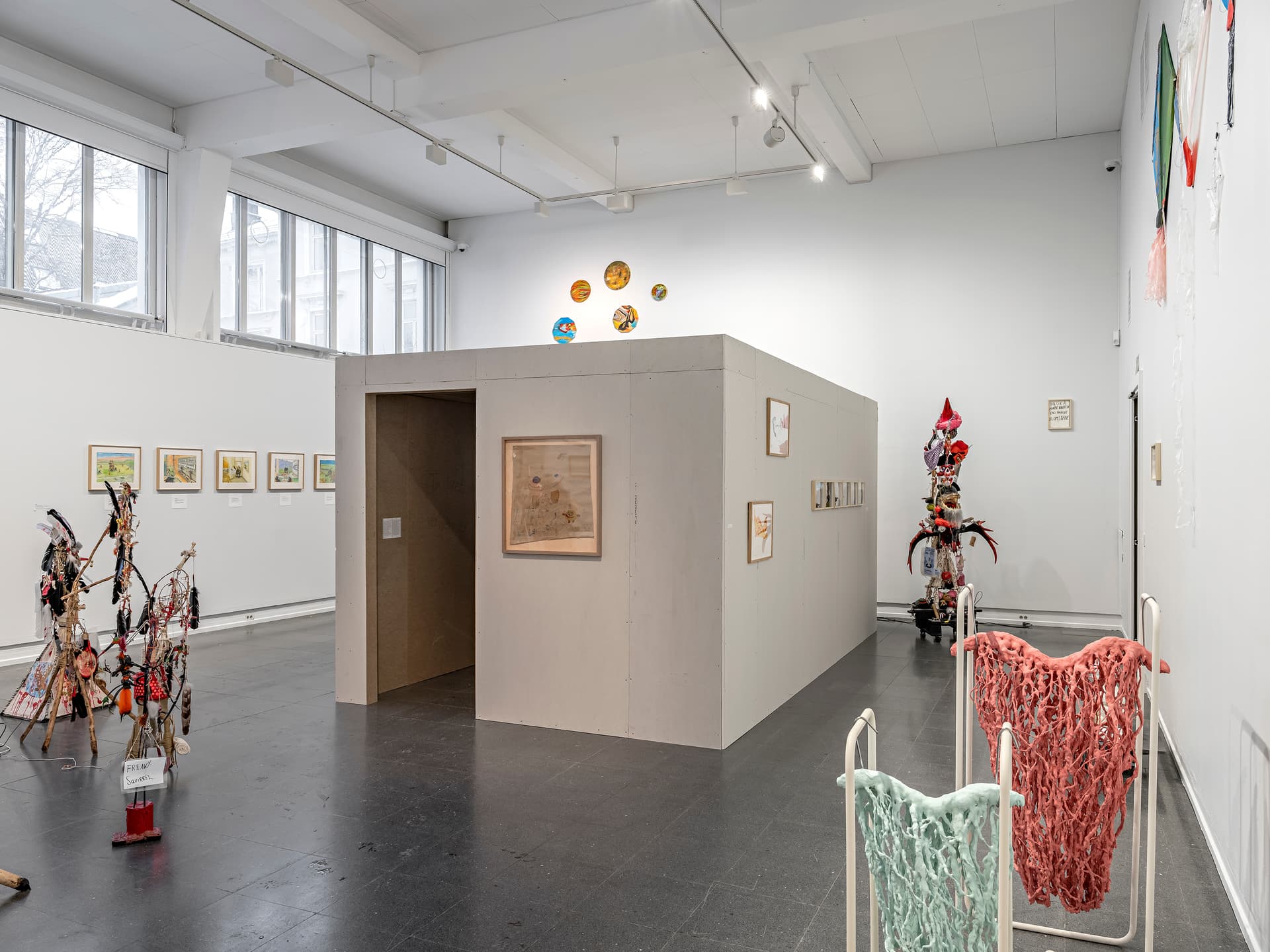
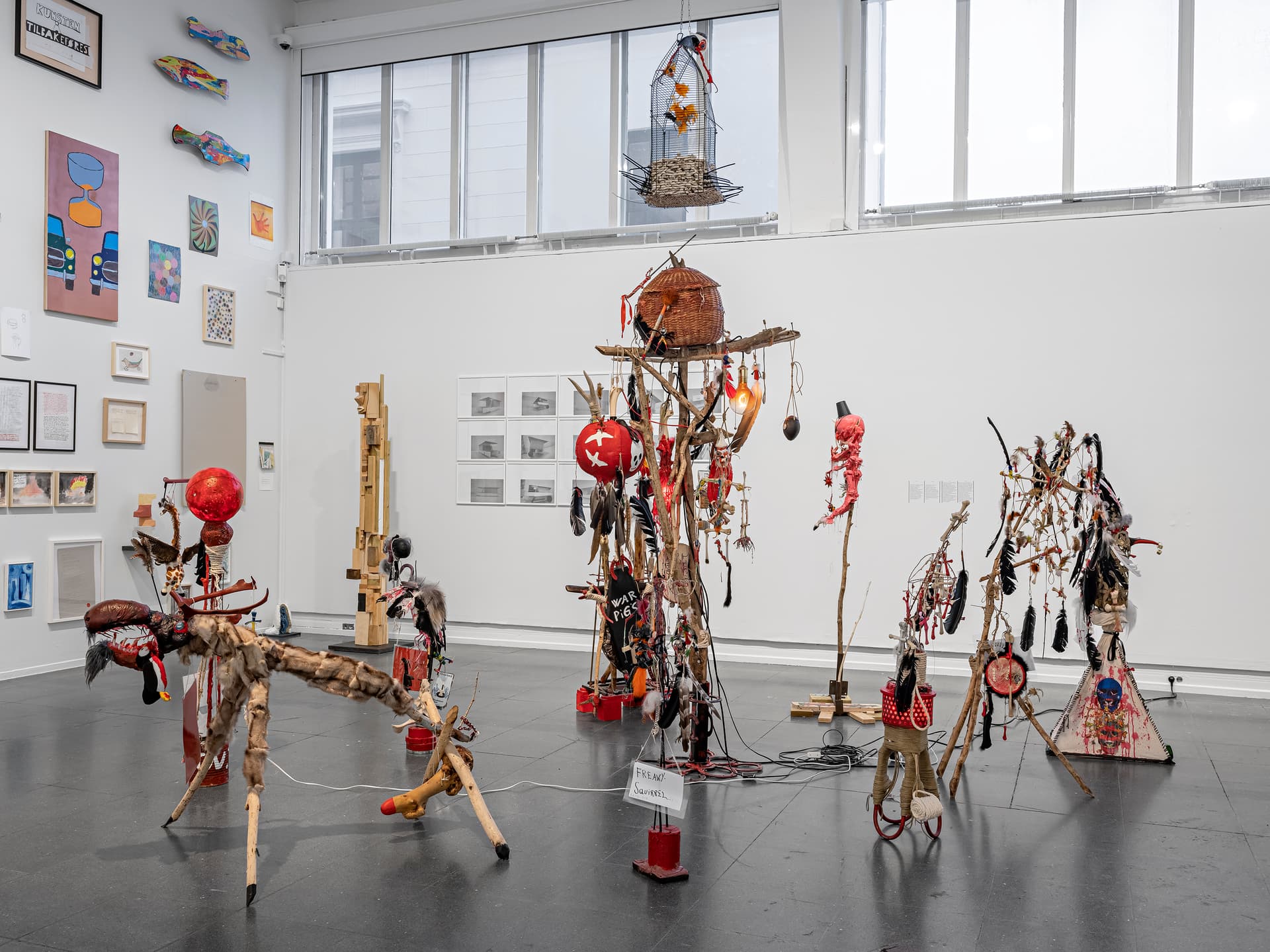
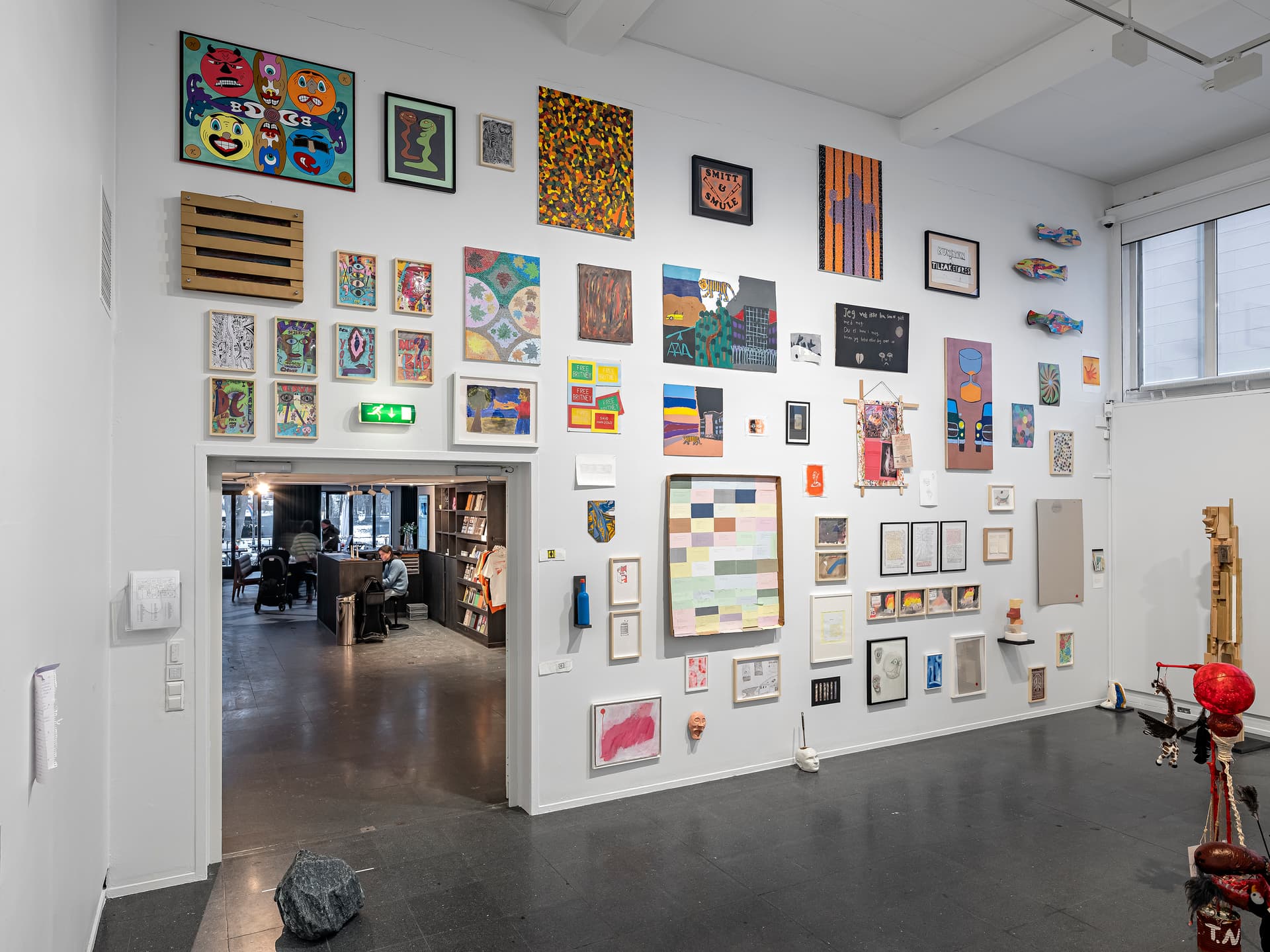
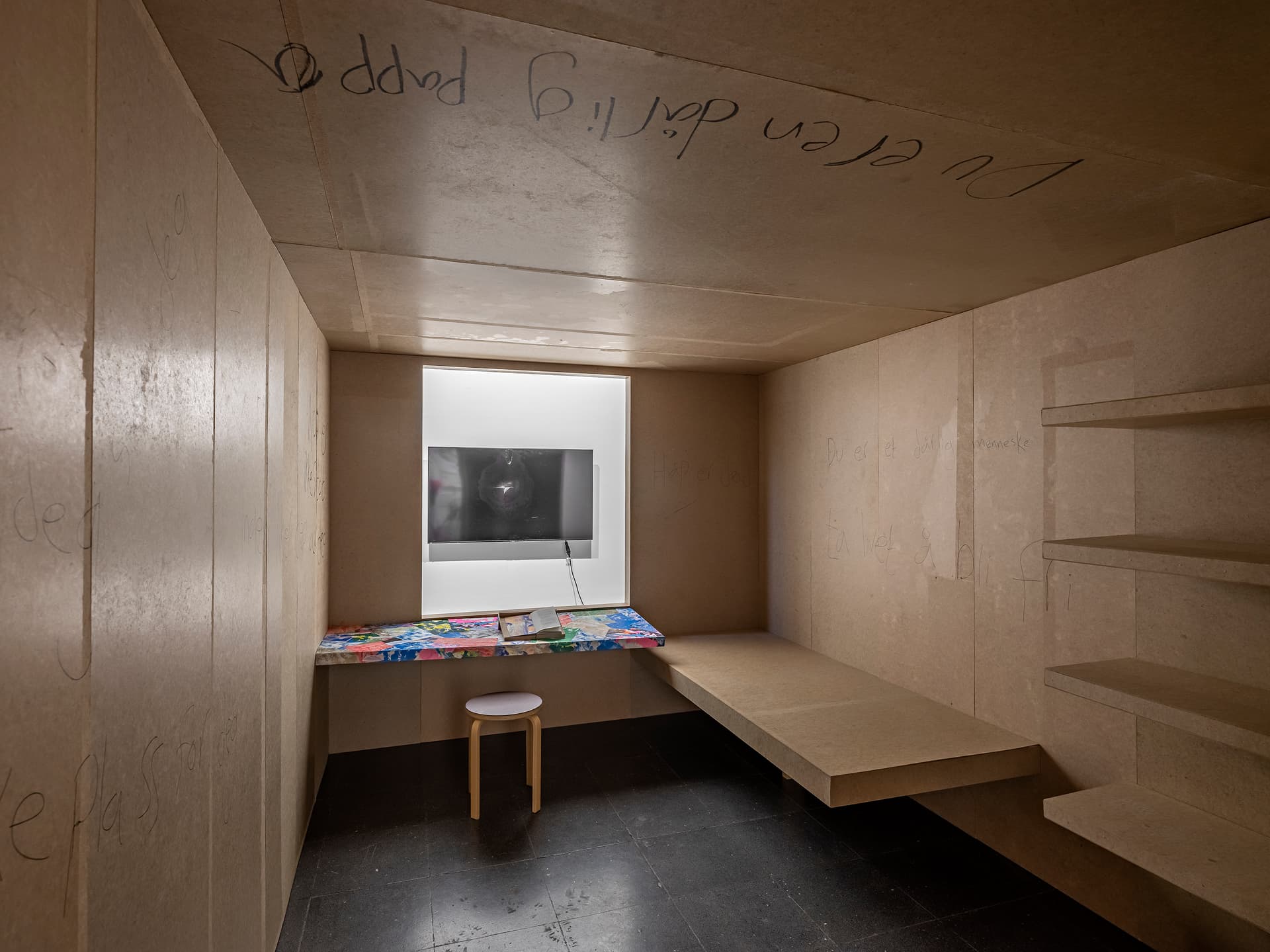

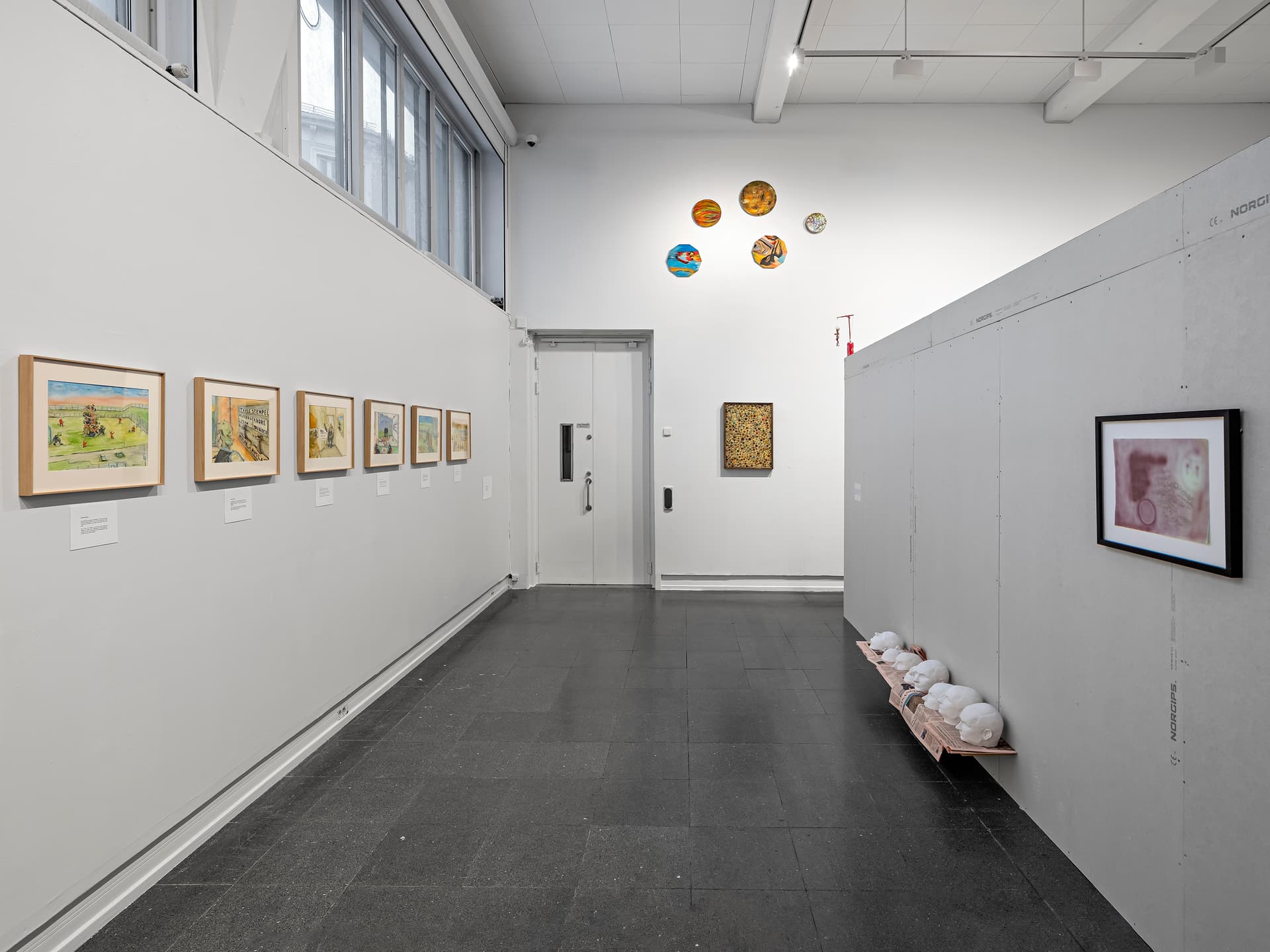
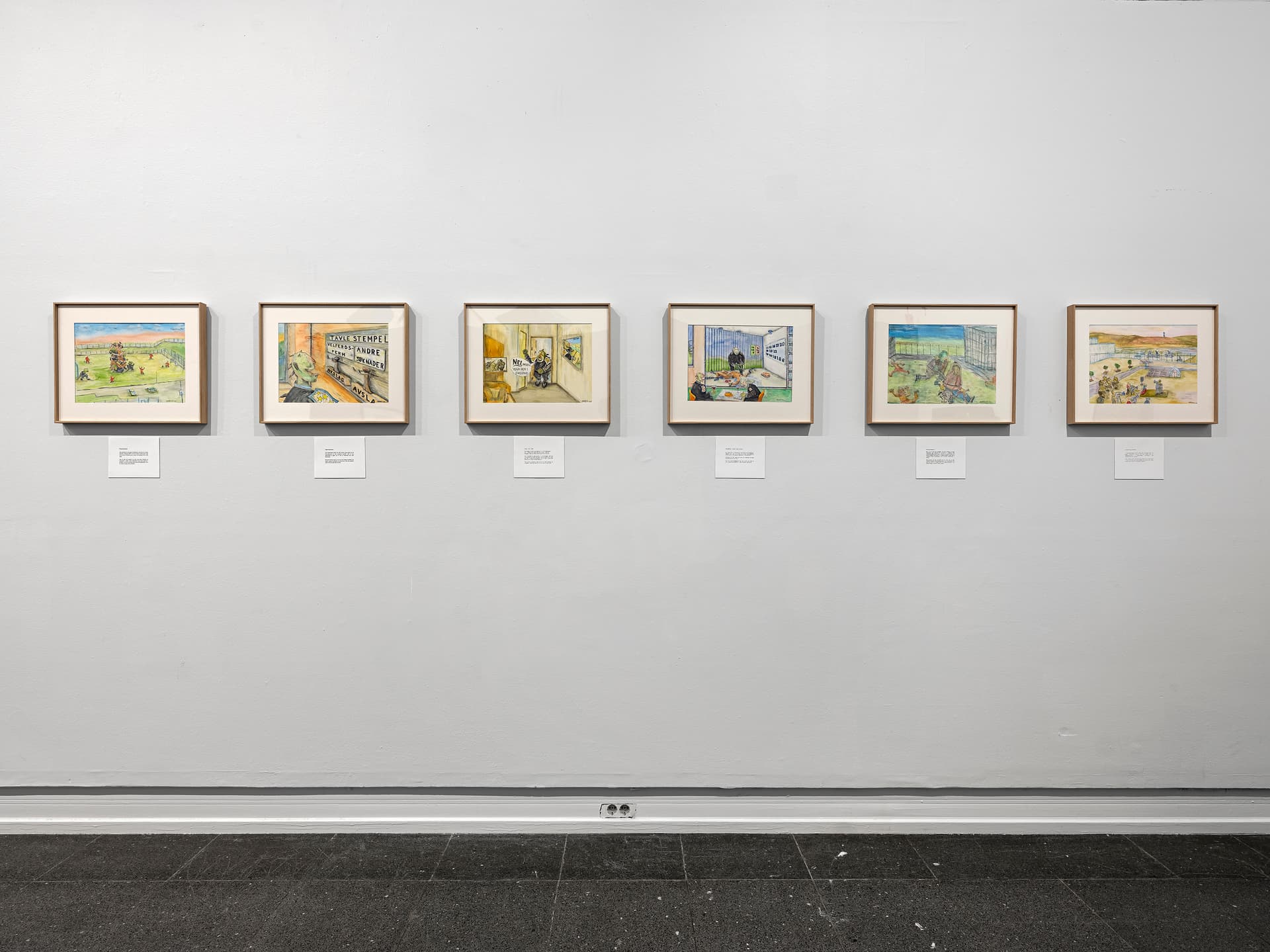
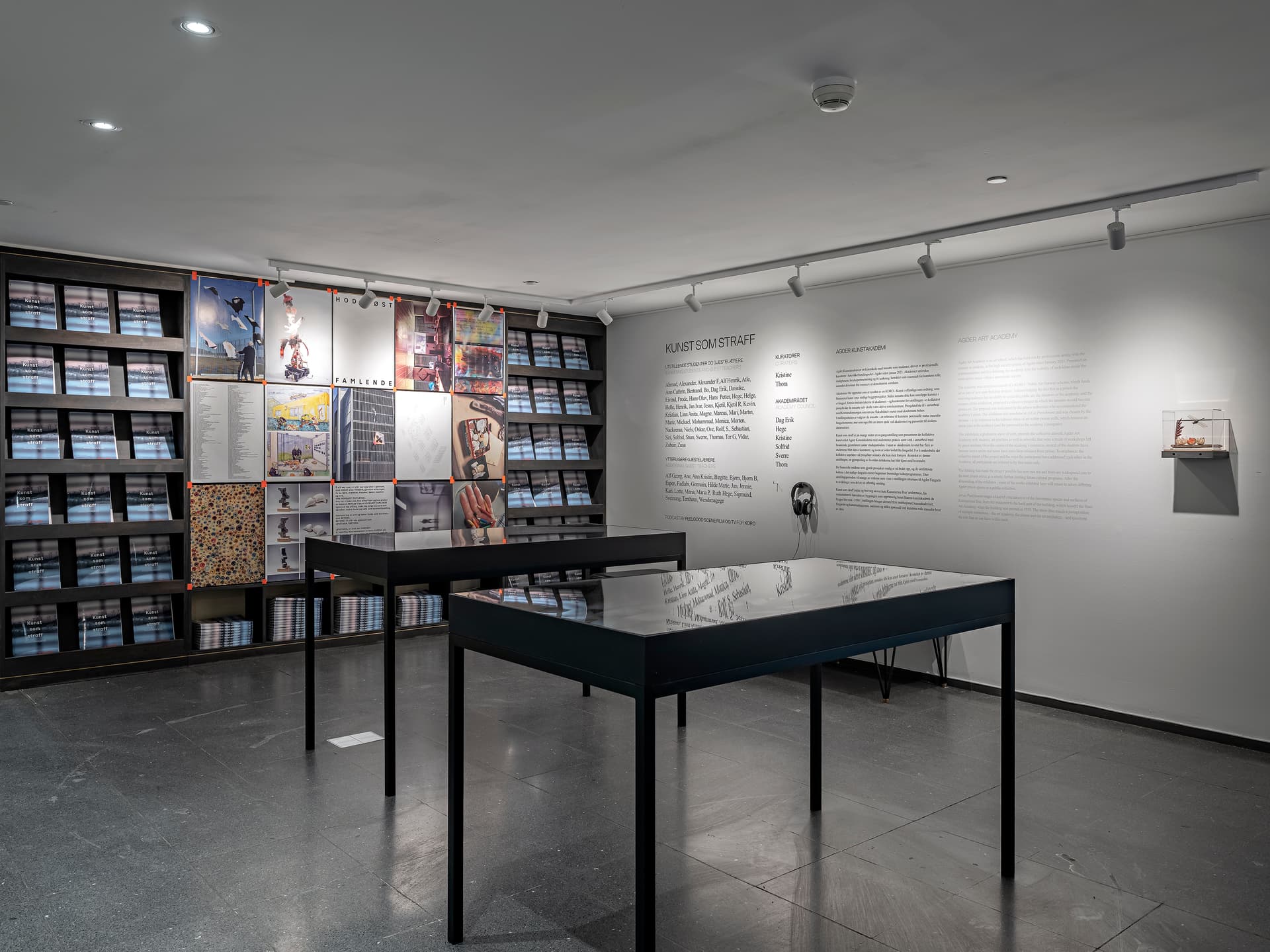
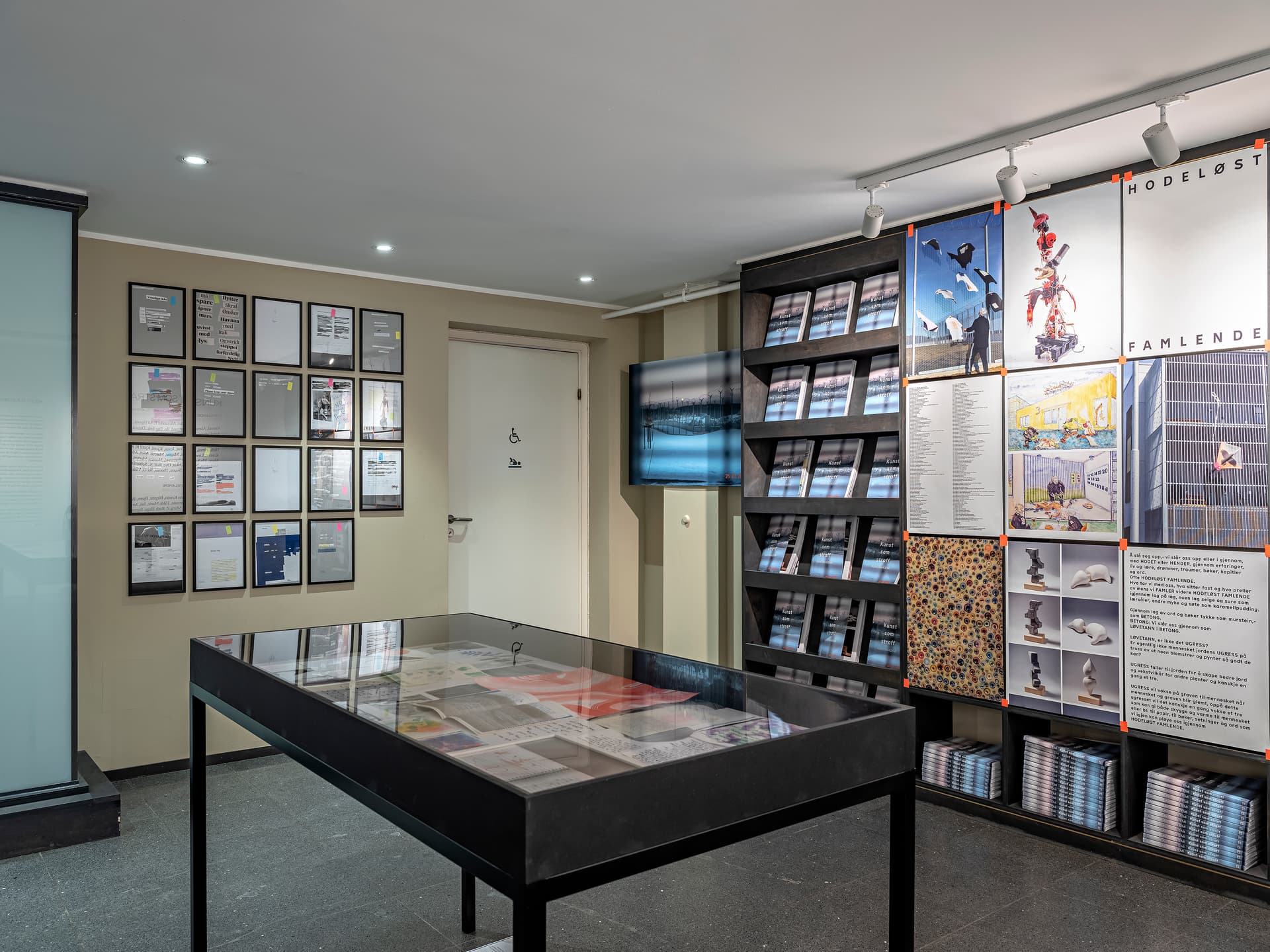
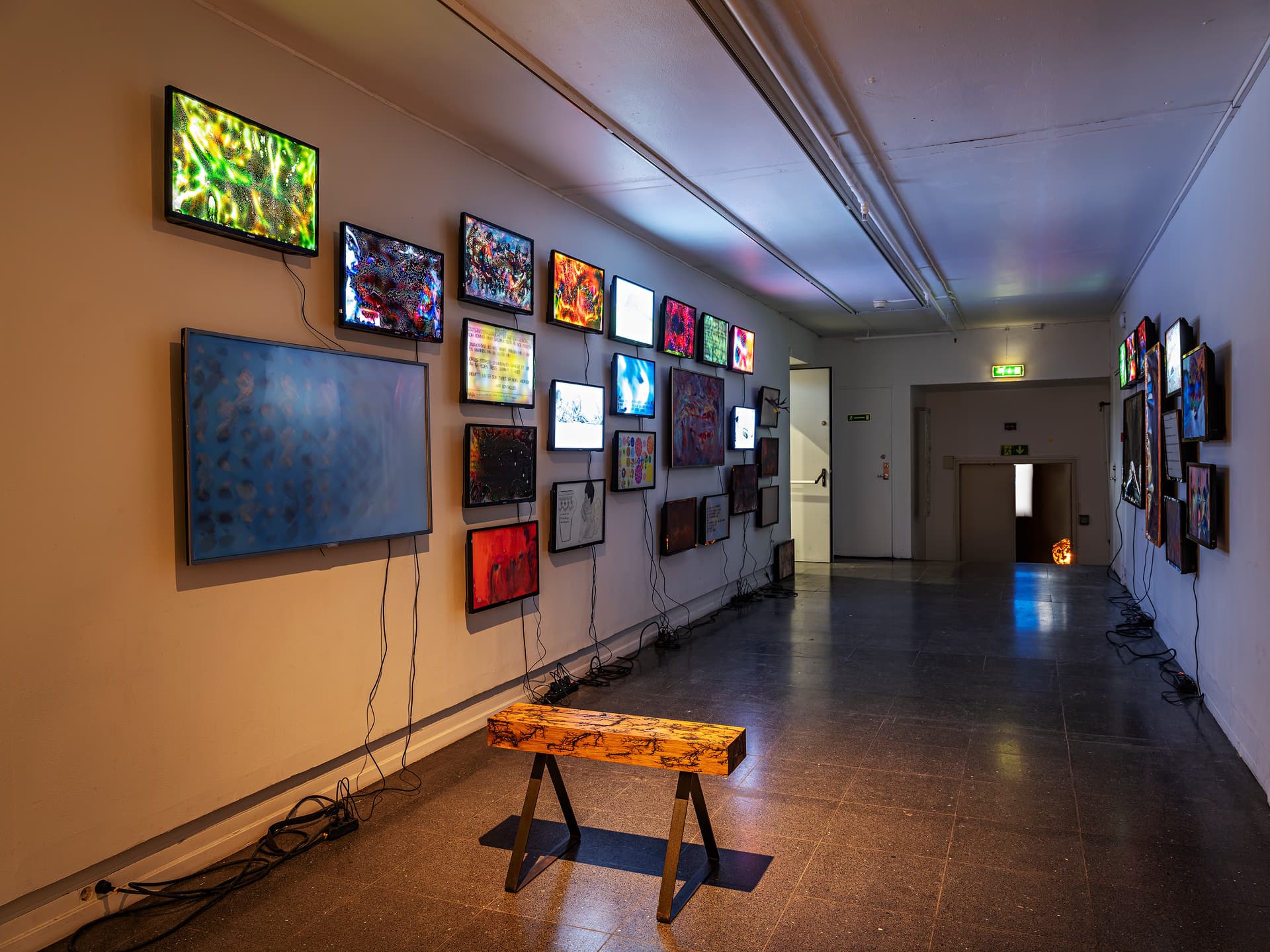

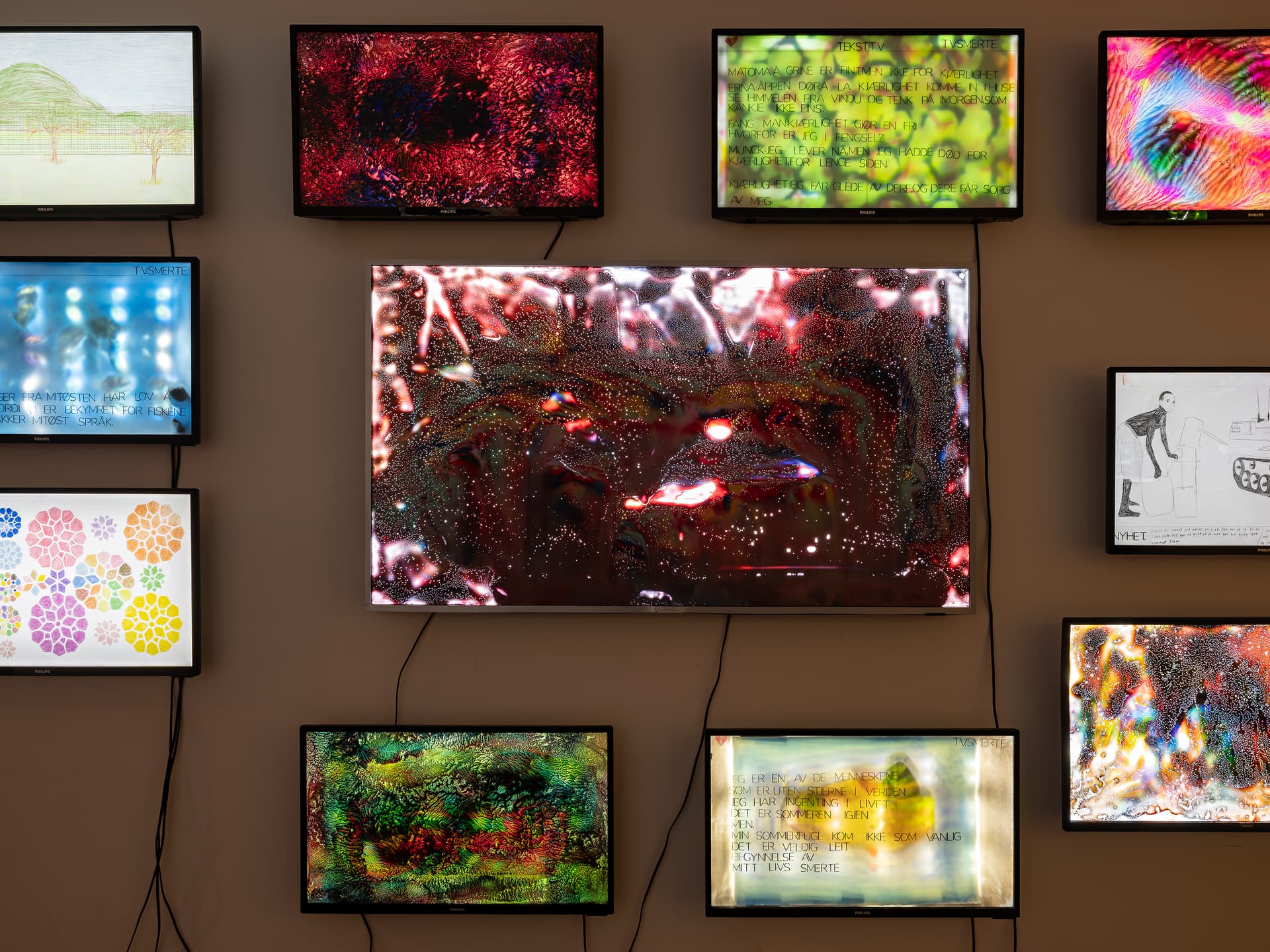
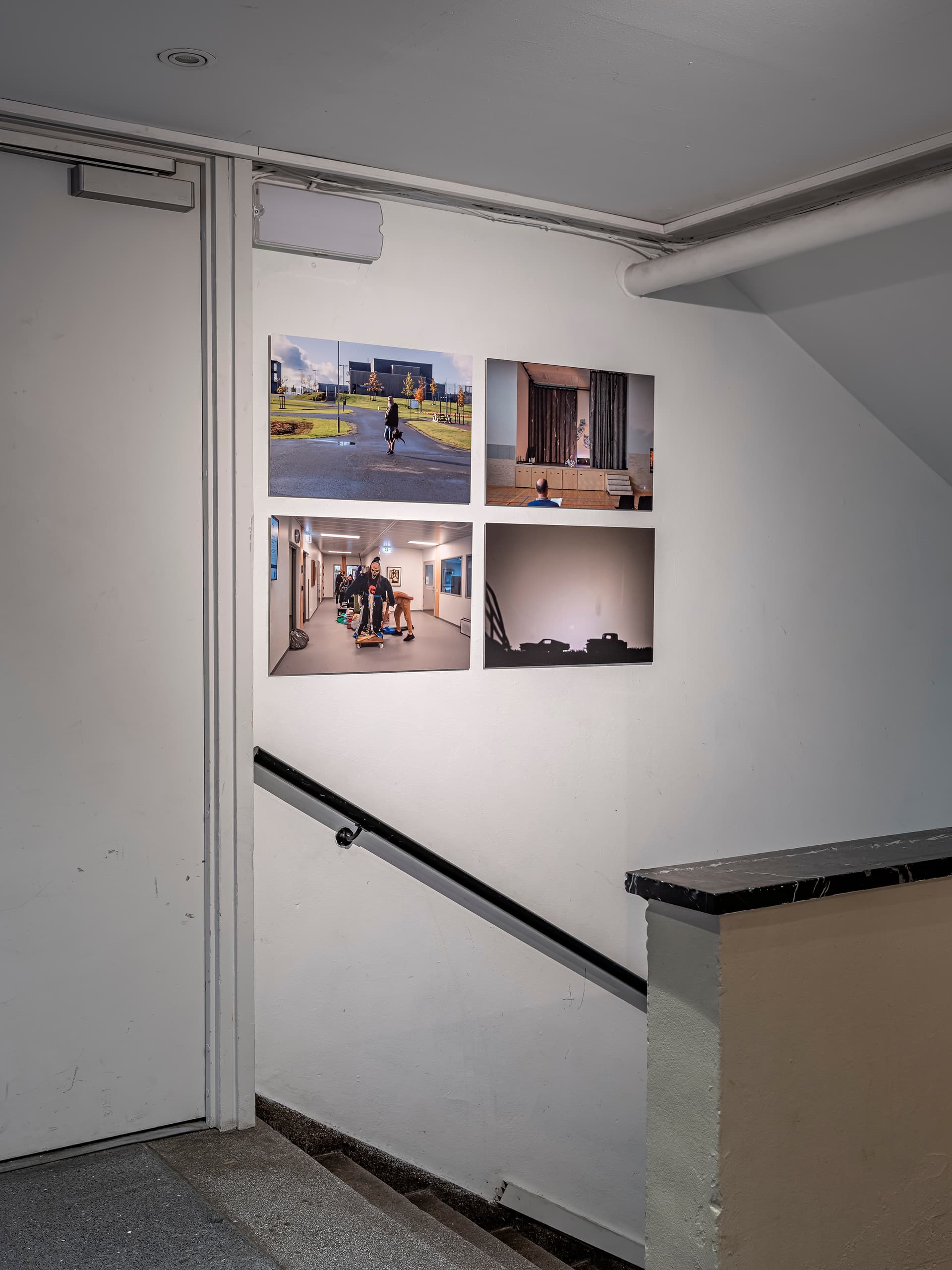
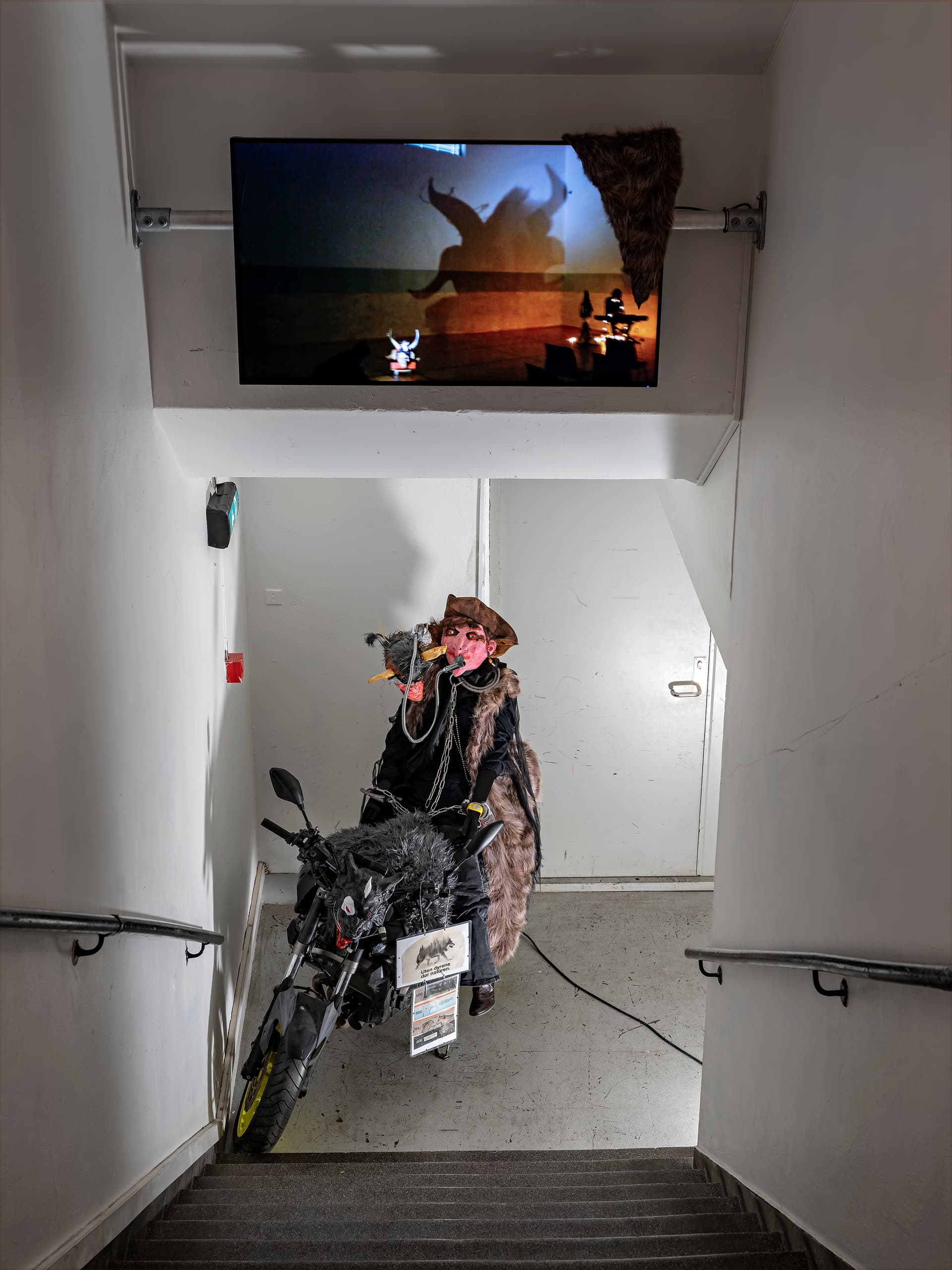
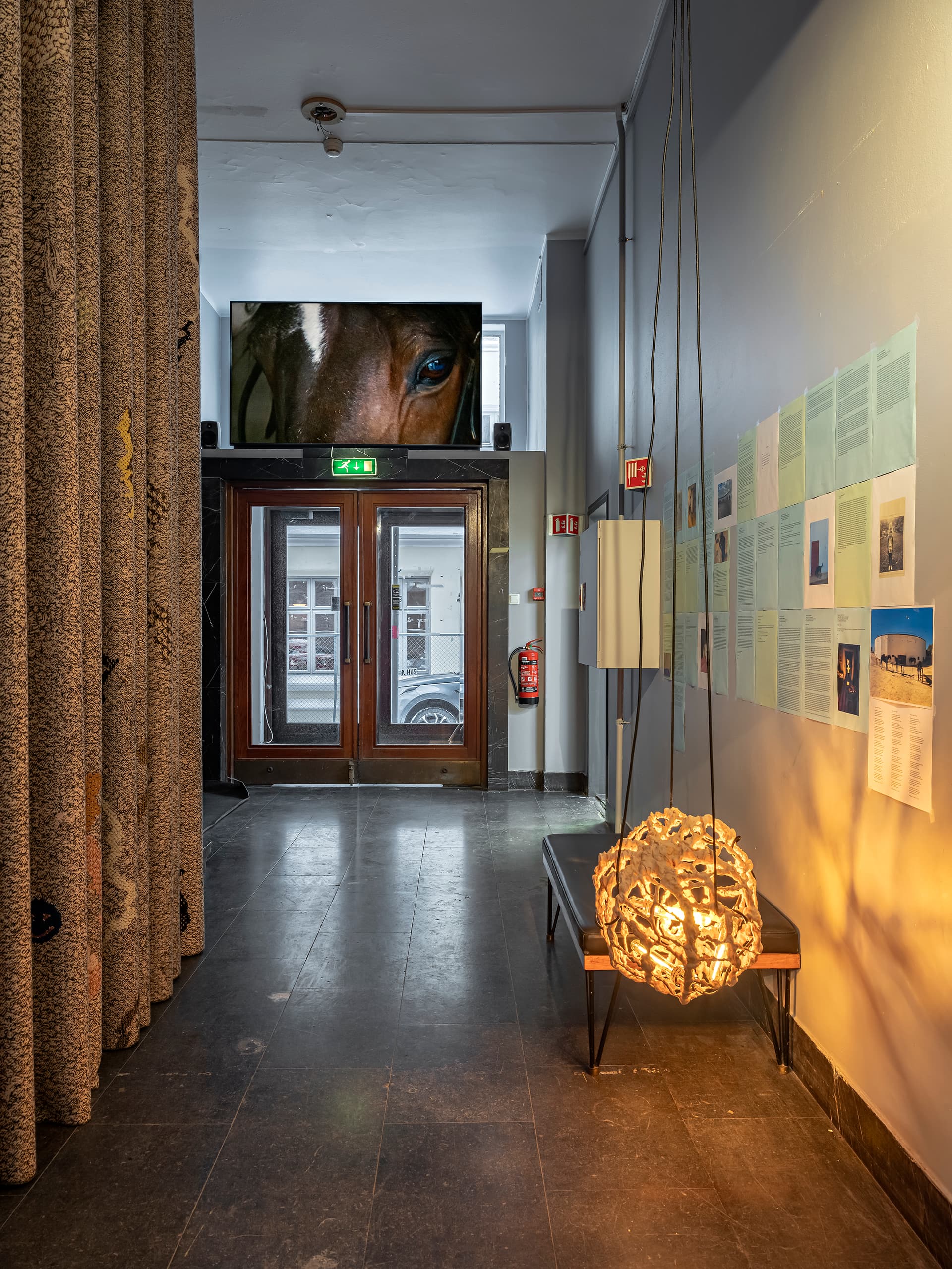

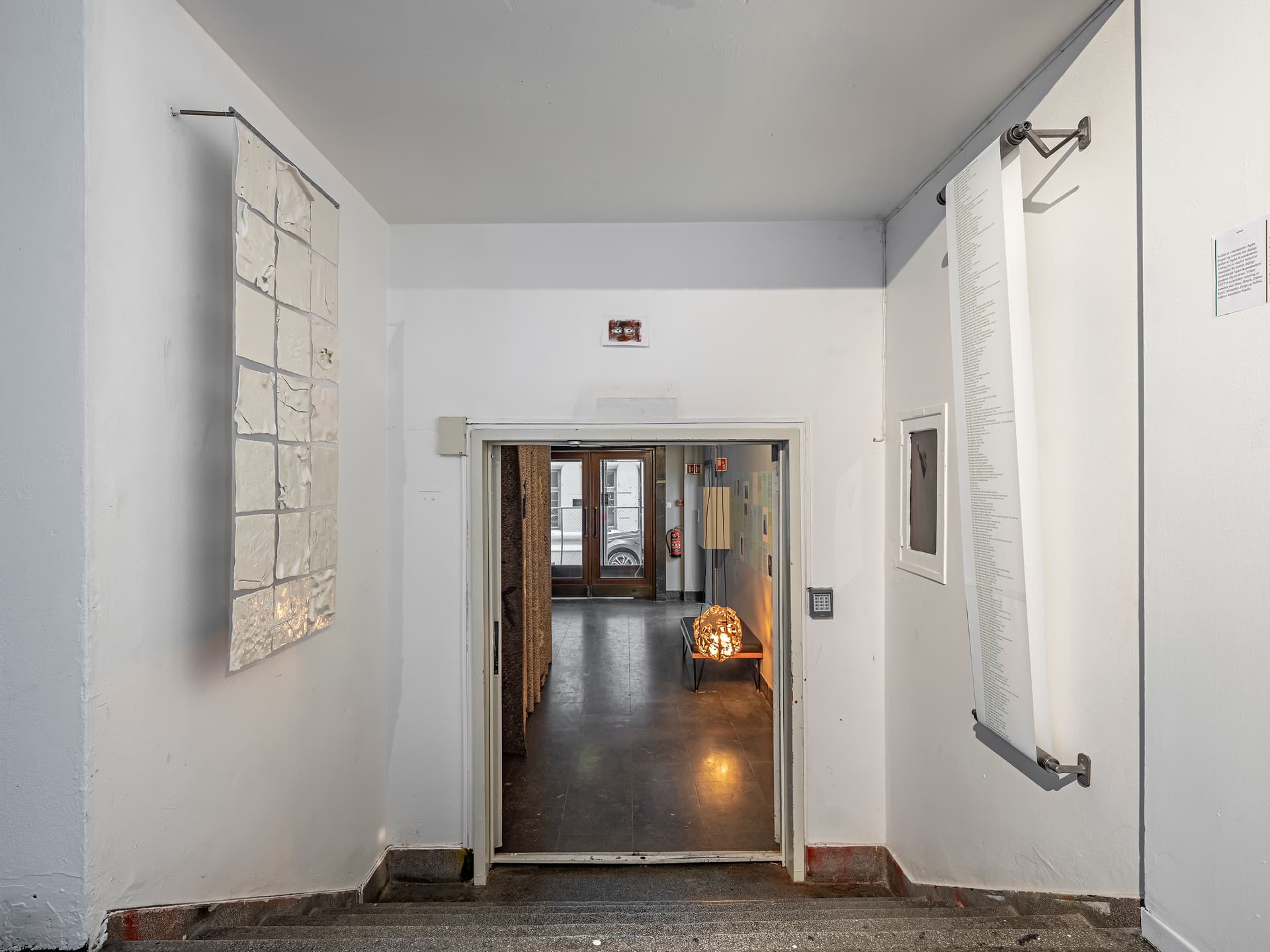
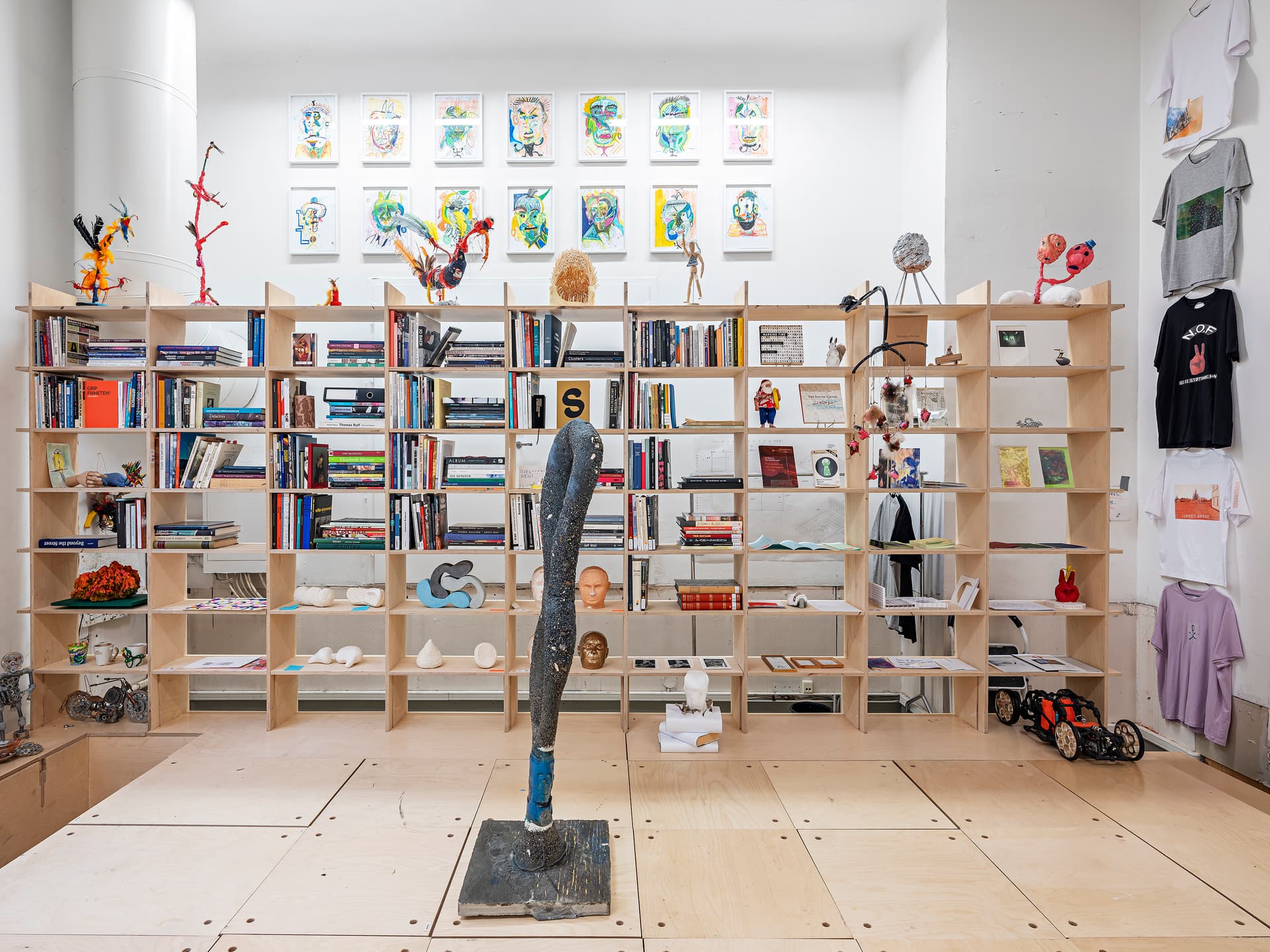
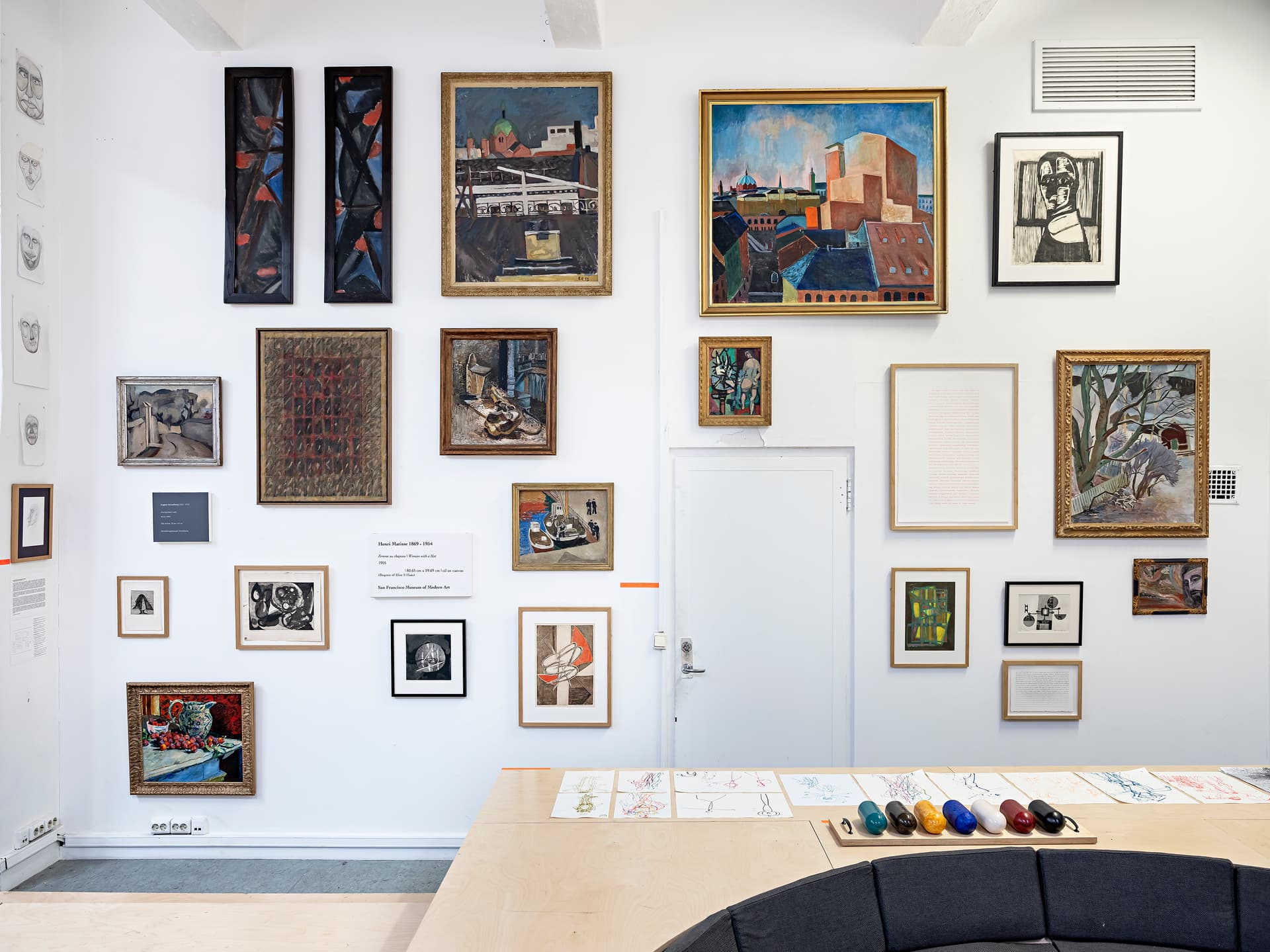
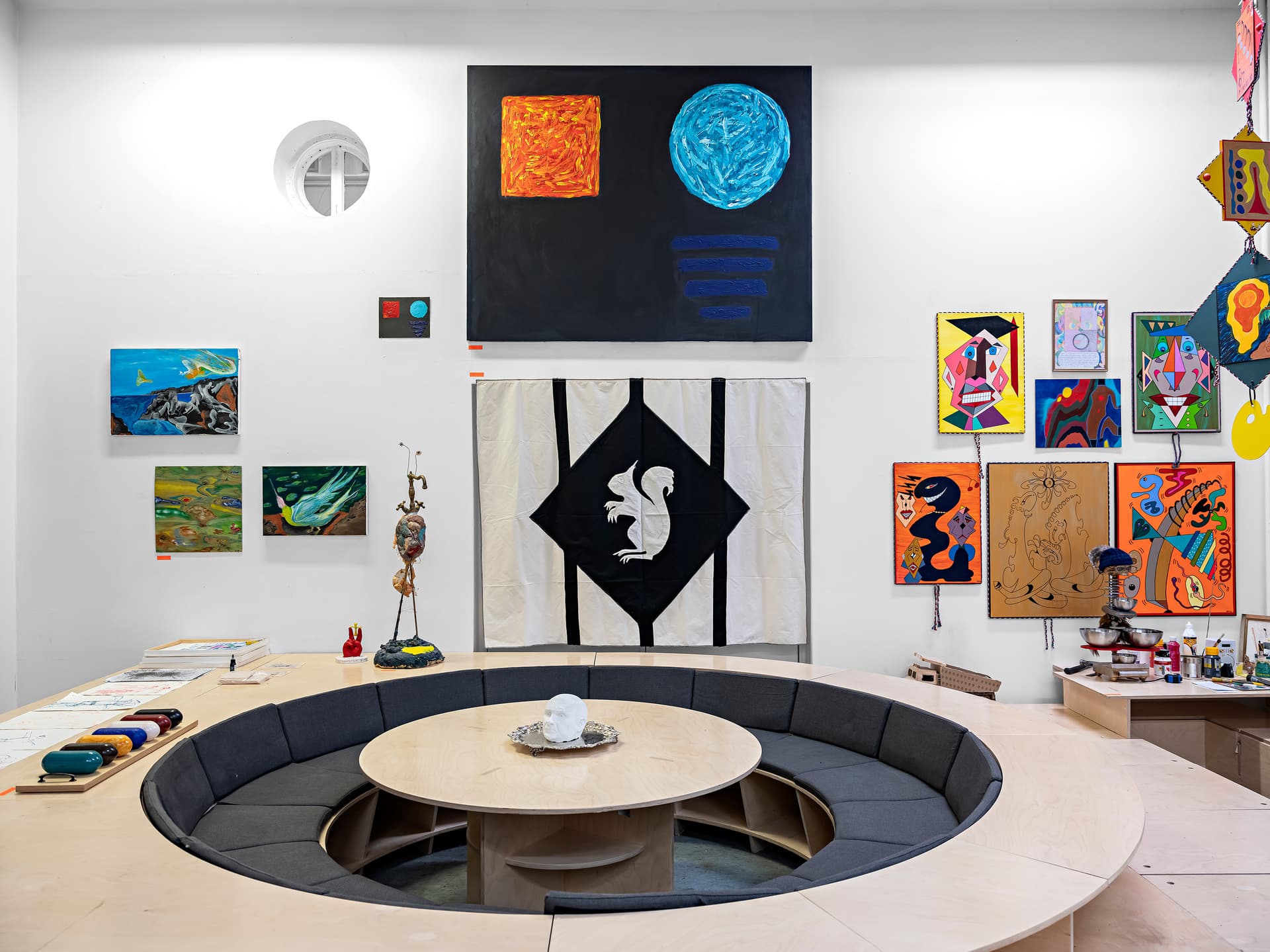
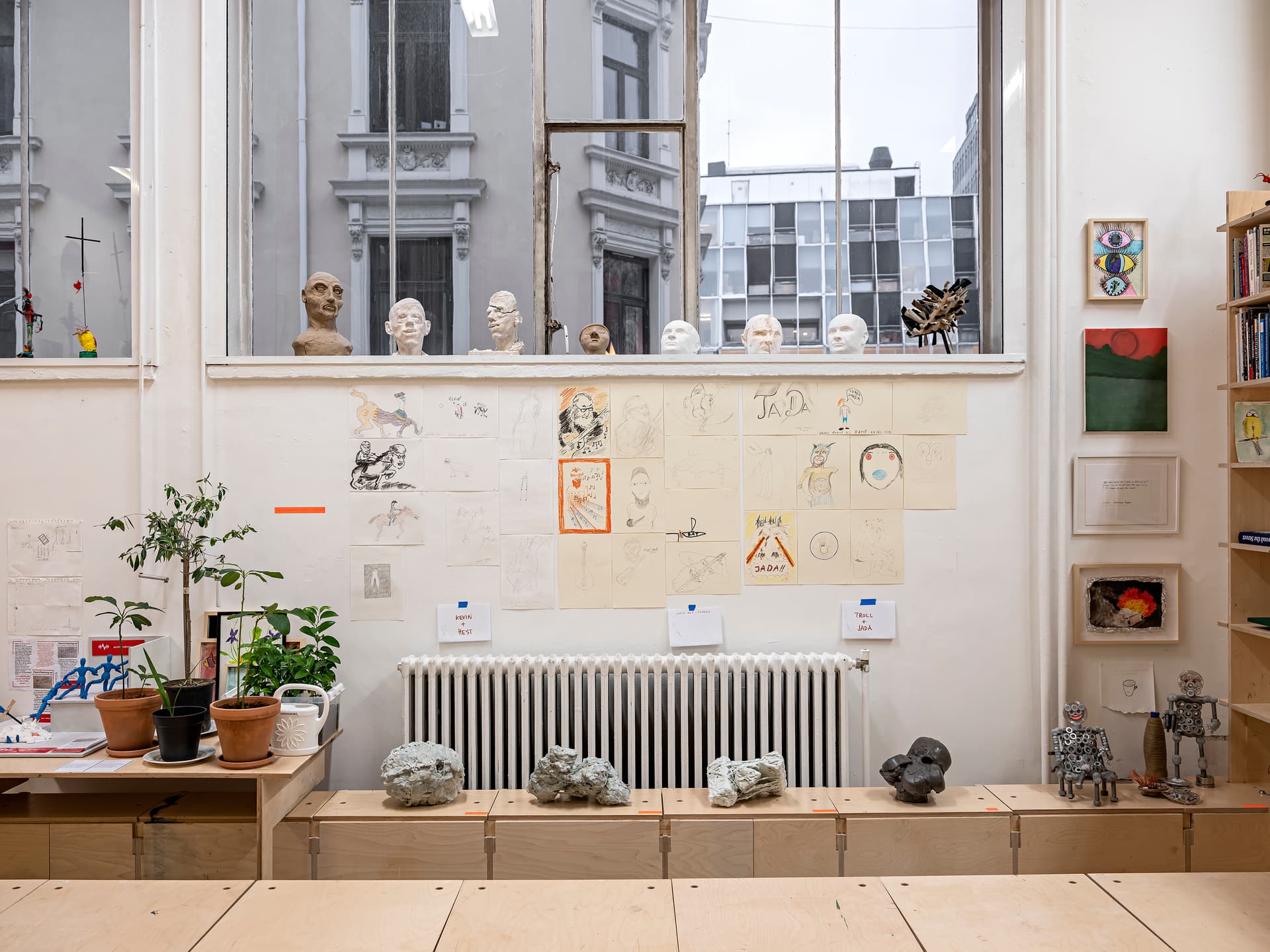
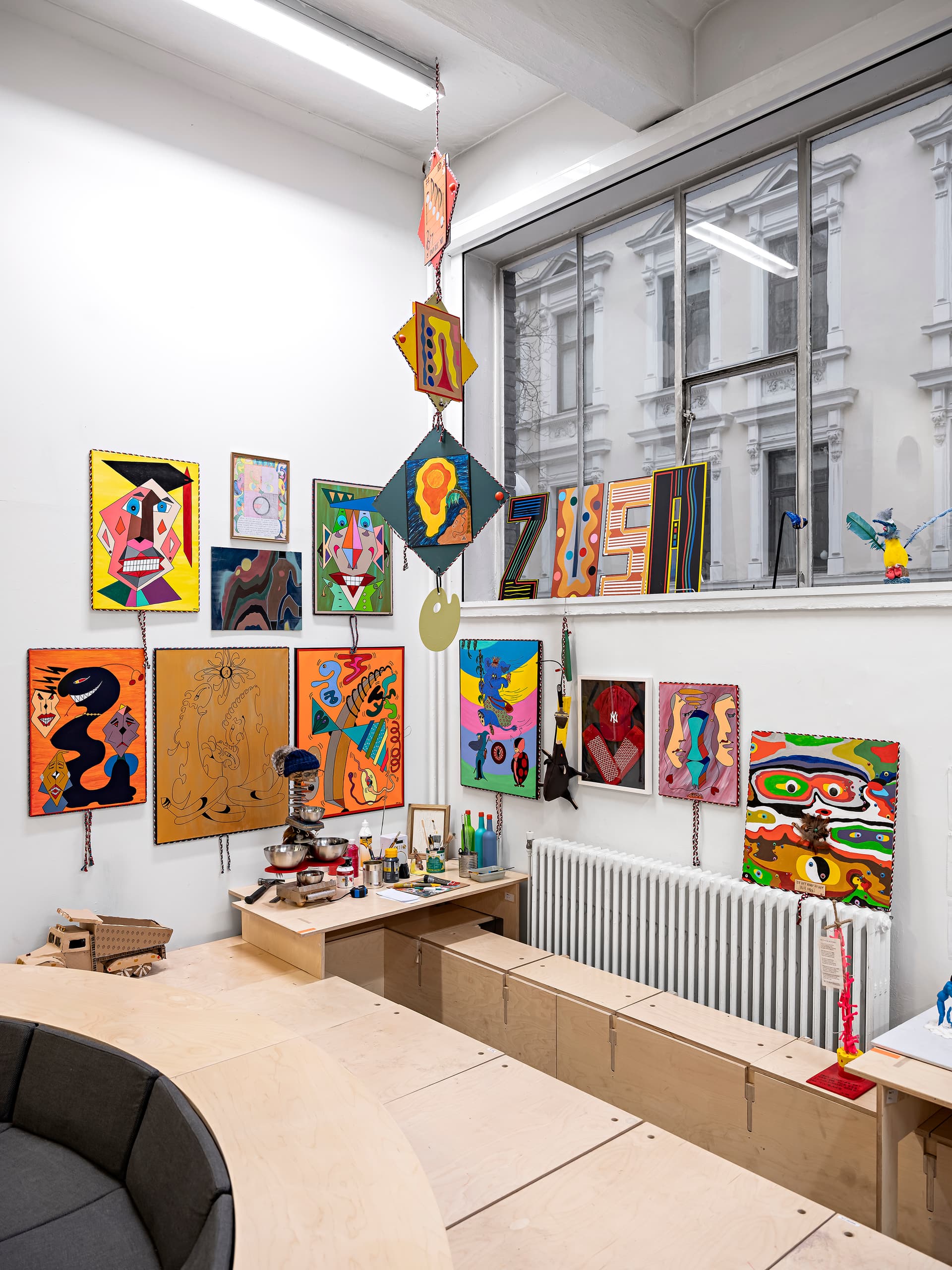
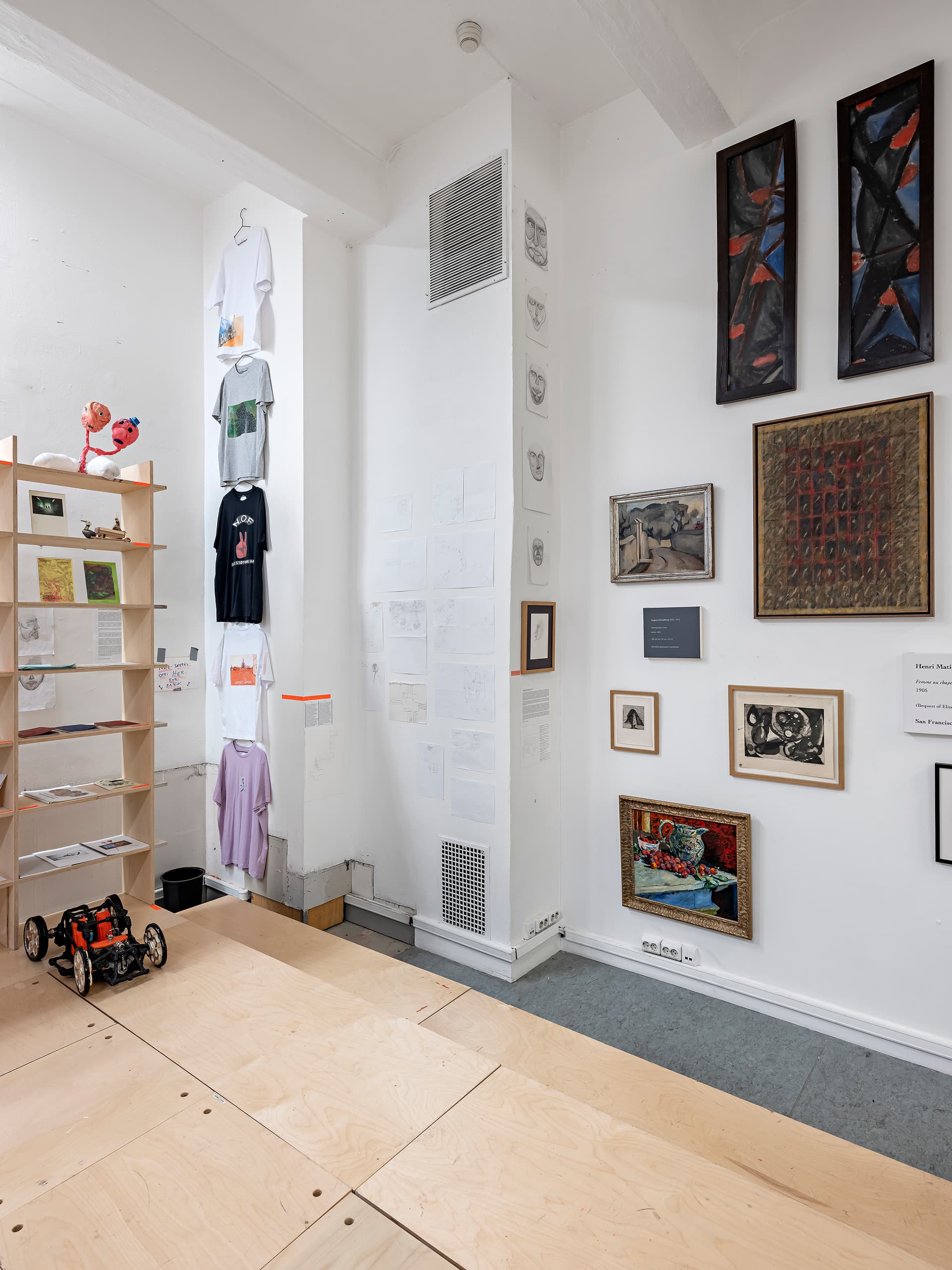
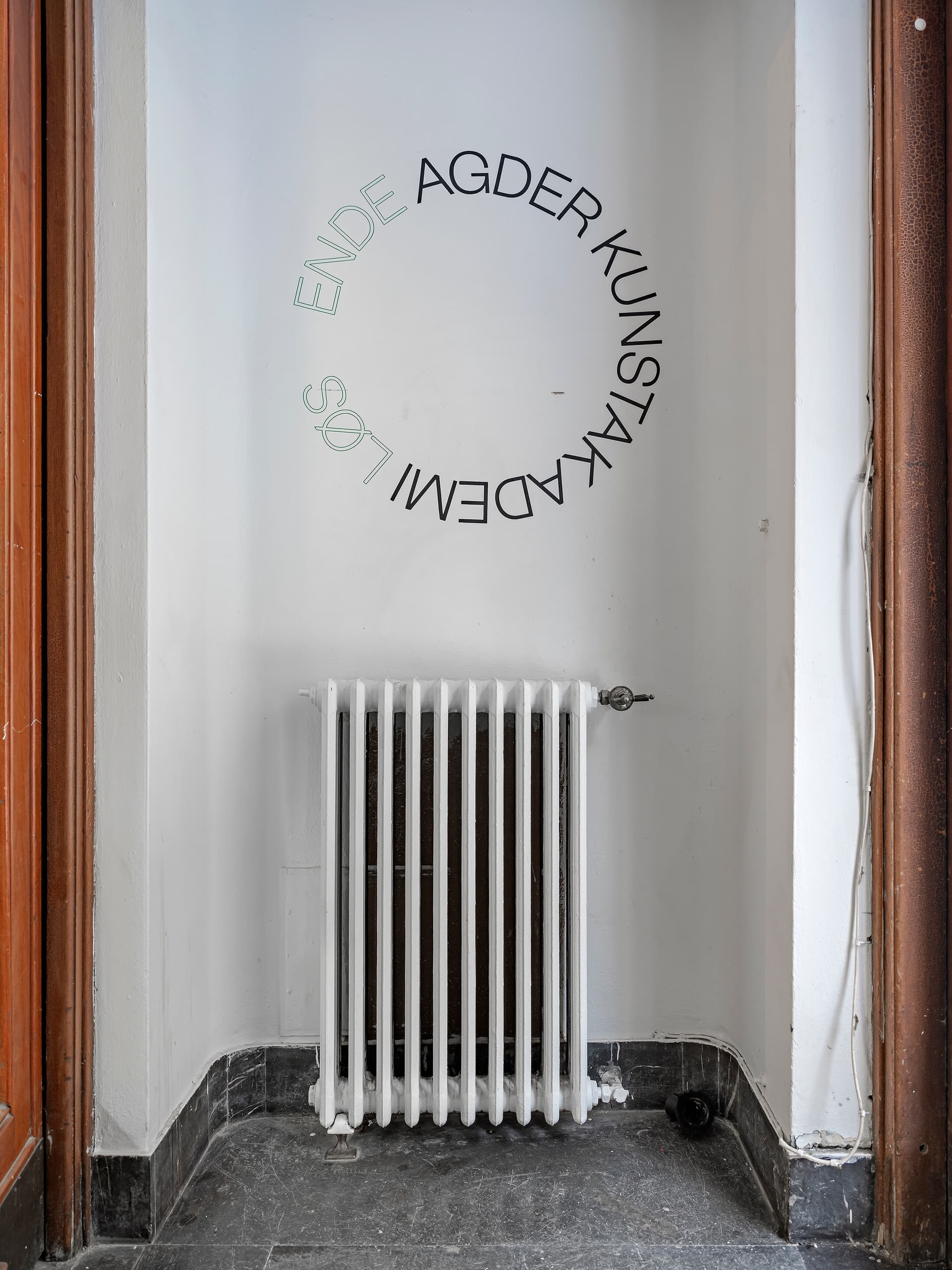
Many of the students have developed strong artistic expressions, and the exhibition features a breadth of artworks in a variety of media including installation, painting, video, drawing, sculpture, risoprint, graphics and handmade publications – they spread throughout the ground floor of Kunstnernes Hus, from the lower exhibition hall to the library, the foyer, outside the cinema and the Academy Room.
Agder Art Academy is rooted in a collective artistic investigation of the possibilities for learning within a prison structure. The project was initiated by curators Kristine and Thora, further developed and run with artists Dag Erik, Hege and Sverre and prison workshop leader Solfrid. Within the prison's restricted framework, Agder Art Academy introduces art as a free space within which the concrete encounter with art, and between artists and students (inmates), takes place on art's terms. Agder Art Academy’s activities and rationale are rooted in the conviction of the transgressive capacities of art in the encounter with structural limitations, both personal and socio-political. The deprivation of freedom is a socially accepted exercise of power by the state, against the individual. Society's justification for the carceral institution is the preventive effect of punishment, social rehabilitation and, in some cases, that society needs protection. Regardless of the justification, the prison's fundamental starting point is that people are deprived of their freedom of movement. It should not be ignored that this is a predicament of the students at Agder Art Academy.
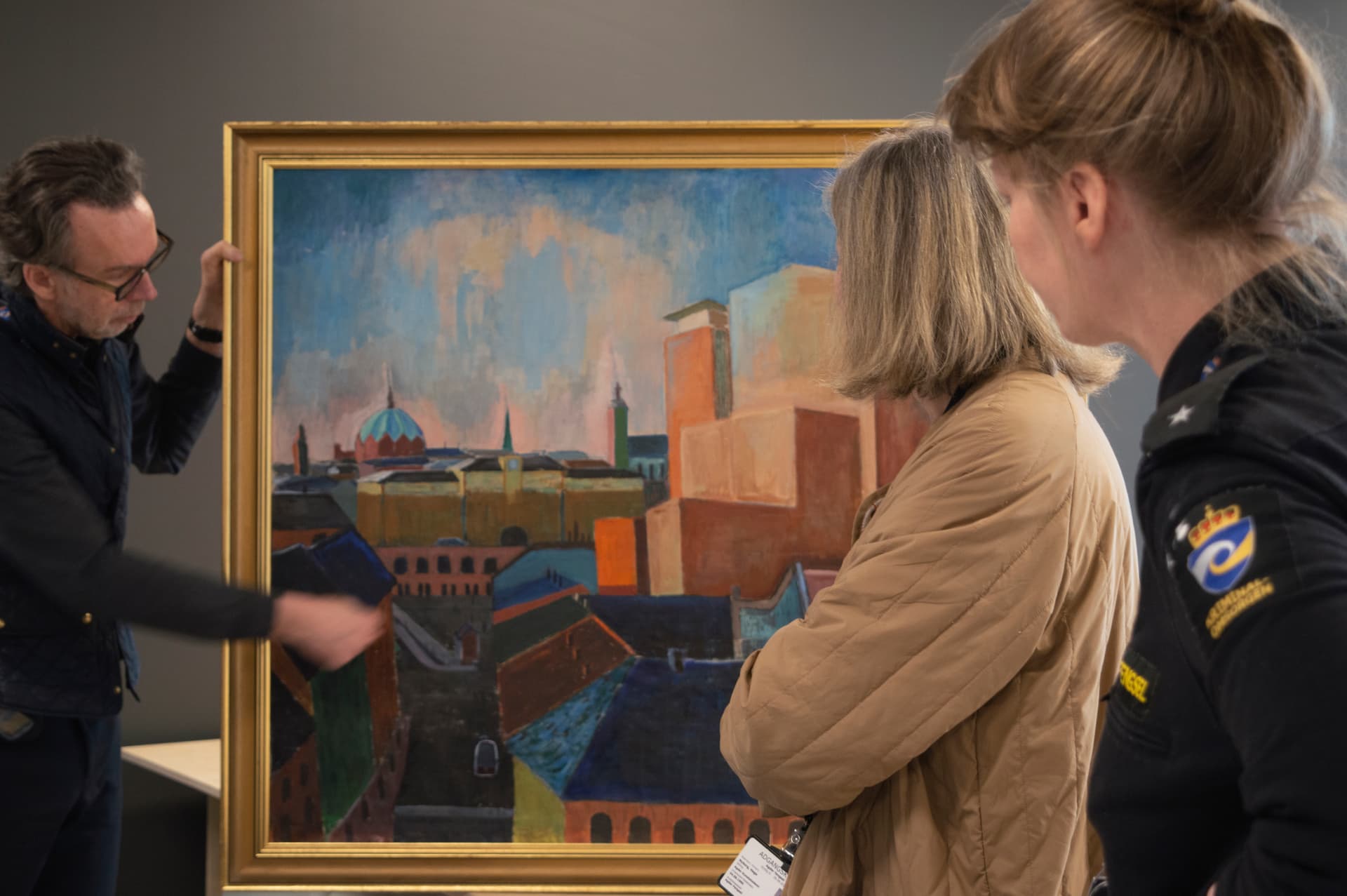

The exhibition raises a number of crucial questions about freedom of expression and freedom overall, both during and after the termination of sentences. Agder Art Academy will discuss these and related issues in a seminar in January 2024, with a range of participants who will shed light on the social, political, compassionate, ethical, artistic and legal aspects of the project, as well as invite questions and reactions from the audience. The seminar will take place in the actual architecture of the Art Academy's classroom in Froland, a flexible interior developed by architect Alexander F and the students, produced in the prison's wood workshop and moved in its entirety to Kunstnernes Hus.
With
Ahmad, Alexander, Alexander F, Alf Henrik, Atle, Ann Cathrin, Bertrand, Bo, Dag Erik, Daisuke, Eivind, Frode, Hans Olav, Hans Petter, Hege, Helge, Helle, Henrik, Jan Ivar, Jesus, Kjetil, Kjetil R, Kevin, Kristian, Linn Anita, Magne, Marcus, Mari, Martin, Marie, Mickael, Mohammad, Monica, Morten, Nackeeraa, Niels, Oskar, Ove, Rolf, S., Sebastian, Siri, Solfrid, Stian, Sverre, Thomas, Tor G, Vidar, Zubair og Zusa
Curators: Kristine og Thora
The exhibition raises important questions about artistic freedom and freedom of expression, the relationship between public institutions for culture and for justice, the liberating potential of art and its role in society.
The exhibition is made in collaboration with KORO and supported by the Oslo Municipality, the Ministry of Culture and Equality and Sparebankstiftelsen DNB.

